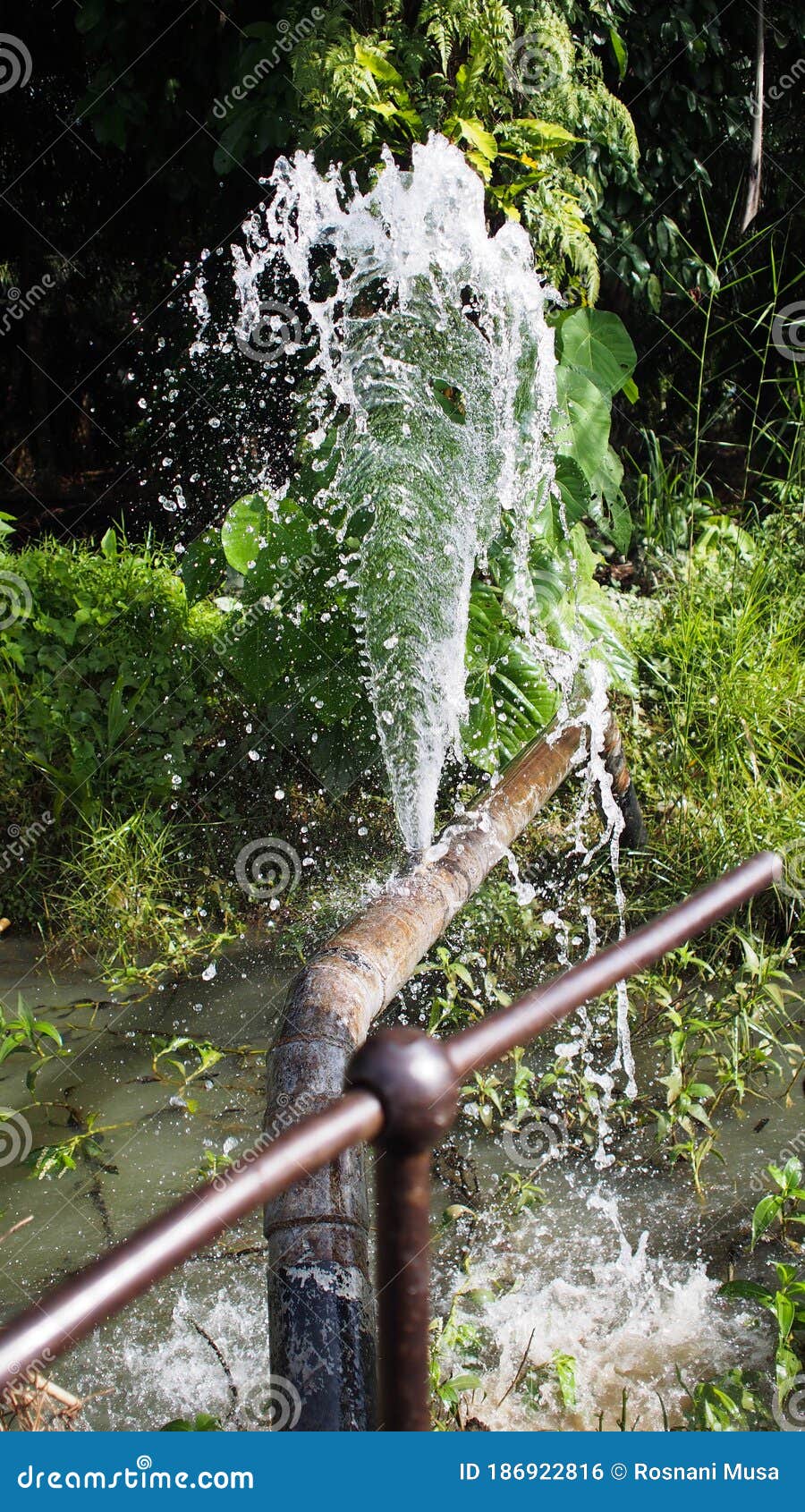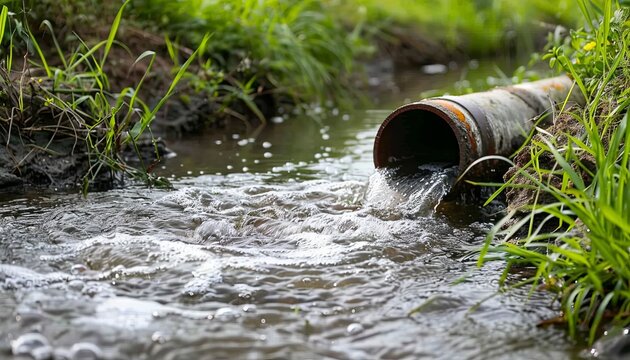Avoiding Ruptured Water Lines: Important Tips to Shield Your Plumbing
Preventing ruptured pipes is an important worry for property owners, particularly during cooler months when the threat of cold is heightened. Executing tactical steps such as proper insulation, regular evaluations, and maintaining consistent indoor temperature levels can significantly lower the likelihood of pipeline failure.
Understand Pipeline Vulnerabilities
Understanding pipe vulnerabilities is essential for effective pipes maintenance and stopping expensive damages. A number of elements add to the vulnerability of pipelines to ruptureds, consisting of product make-up, age, and ecological problems. Older pipelines, specifically those made from galvanized steel or polybutylene, frequently weaken over time, leading to enhanced risk of leaks and tears.
Temperature variations can likewise considerably influence pipe stability. In cooler climates, water caught in pipelines can freeze, increasing and applying pressure on the pipeline walls, which might ultimately result in a burst. High water pressure can strain pipelines, specifically at joints and bends, increasing the chance of failure.

Insulate Pipes Correctly
Correct insulation of pipelines is crucial for stopping freezing and subsequent bursts throughout cold weather (burst pipe). Insulating your plumbing system successfully safeguards versus temperature drops that can lead to costly damages. Begin by recognizing at risk locations where pipes are revealed to outdoor temperatures, such as basements, attics, and exterior walls
Use foam pipeline insulation sleeves or wrap insulation tape around these areas to offer a safety barrier. Guarantee that all areas of the pipelines, especially those with minimal warm exposure, get appropriate insulation. Pay unique focus to joints and installations, as these are extra at risk to cold.
When insulating, it's necessary to select products that fulfill neighborhood building ordinance and are suitable for the certain atmosphere. Fiberglass insulation is commonly advised for its thermal resistance residential or commercial properties. In addition, think about utilizing heat cords or tape in severe conditions, which can be plugged in to offer supplemental warm
Routinely inspect insulated pipelines for any signs of wear or damages, as endangered insulation can decrease its performance. By taking these aggressive measures, you considerably reduce the danger of pipeline bursts, making sure a reliable plumbing system throughout the cold weather.
Maintain Regular Temperature
A secure interior temperature level is necessary for protecting against ruptured pipes during the freezing months. When temperature levels drop, water within pipes can ice up, producing and expanding pressure that may ultimately cause the pipes to burst. To reduce this danger, home owners should maintain a consistent temperature level throughout their home, preferably no lower than 55 ° F(13 ° C)Utilizing a programmable thermostat can help take care of interior temperatures effectively, making certain that rooms with pipes continue to be cozy even when the house is unoccupied. Pay unique interest to areas that are more susceptible to chilly, such as attics, garages, and basements. Maintaining closet doors open under sinks can likewise enable warmer air from the home to circulate around plumbing.
Additionally, it is sensible to allow taps to drip a little throughout extreme cold spells. This minor flow of water can protect against freezing by minimizing pressure within the pipes. Moreover, throughout specifically serious climate occasions, take into consideration momentarily putting on hold any nighttime setbacks on your thermostat to preserve a consistent warm atmosphere. By carrying out these techniques, house owners can significantly lower the threat of pipeline ruptureds and secure their plumbing systems versus the severe winter months aspects.
Routinely Check Plumbing
Regular examinations of pipes systems are crucial for stopping burst pipes and keeping total home honesty. During these assessments, it is necessary to take a look at noticeable pipes for signs of rust, leaks, or use.
Additionally, checking joints and links is essential, as these factors are typically at risk to leakages. Homeowners should also examine water pressure levels, as extreme pressure can stress the pipes system and boost the threat of pipe ruptureds.
Think about scheduling professional plumbing examinations at the very least yearly, specifically prior to winter, to ensure your system is planned for chillier temperature levels. Regular examinations not just assist in determining instant problems but additionally foster lasting upkeep strategies that can boost the lifespan of your plumbing system. By being positive in your method, you can protect your home against the disruptive and costly effects of burst pipes. Focusing on pipes examinations is an investment in your house's health and wellness.
Know Emergency Situation Procedures
Understanding emergency situation procedures is important for every house owner, especially after conducting normal plumbing evaluations. Being prepared for a pipes emergency can substantially reduce damage and conserve prices.
Next, keep vital tools helpful. A pipes emergency set need to include a wrench, plunger, and towels, in addition to a flashlight and a bucket for little leakages. In addition, take into consideration having the contact details for a trusted plumbing professional important site conveniently available, must the situation escalate beyond your control.
If you detect a leakage or ruptured pipe, quickly transform off the water and inform your plumbing. Moreover, record the damages with photos for insurance functions. burst pipe. Know the signs of potential plumbing problems, such as unusual water stress variations or damp spots on walls
Inevitably, proactive understanding and quick activity are important in managing pipes emergencies, guaranteeing your home remains secured and reducing possible damage.

Verdict
In verdict, protecting against burst pipelines necessitates a multifaceted technique that consists of understanding pipe susceptabilities, correct insulation, maintaining regular indoor temperature levels, routine assessments, and knowledge of emergency treatments. By carrying out these crucial techniques, the threat of plumbing failings can be substantially minimized, thereby guaranteeing the long life and efficiency of the plumbing system. Proactive measures not only secure against possible damage yet likewise add to total water preservation and the protection of residential or commercial property.
In chillier climates, water entraped in pipelines can freeze, exerting and expanding stress on the pipeline walls, which might inevitably lead to a burst. When temperature levels decrease, water within pipelines can freeze, broadening and creating pressure that might inevitably create the pipelines to burst. By applying these approaches, home owners can significantly lower Continue the risk of pipeline bursts and safeguard their plumbing systems against the harsh winter components.

Comments on “How to Fix a Burst Pipe Yourself: A Step-by-Step Guide for Homeowners”